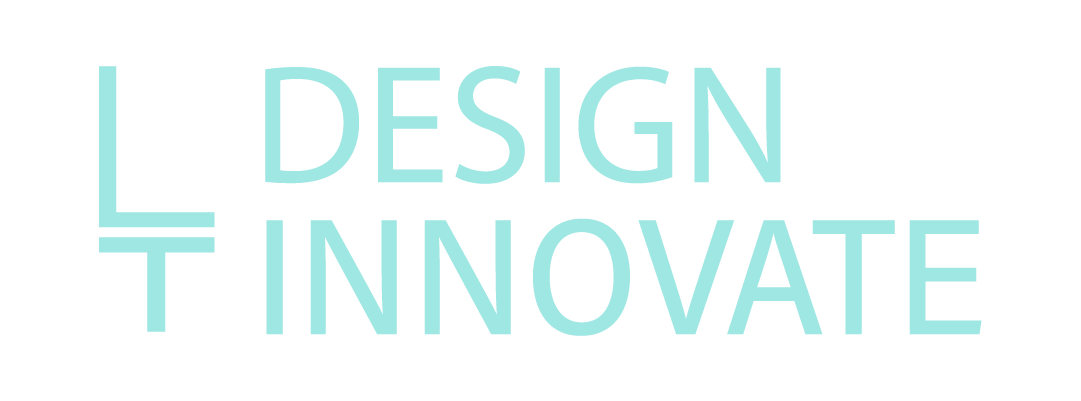Salena Burke
Powered By:


Education
A learning experience refers to acquiring knowledge, skills, values, beliefs, and habits through study, instruction, training, or research. It can be formal, such as in a classroom or training setting, or informal, such as through life experiences. In addition, a learning experience can be active or passive and involve various teaching methods and technologies.
What is an equitable and productive learning experience?
A good learning experience should be engaging, interactive, and tailored to the learner's individual needs and learning styles. It should also provide opportunities for practice and application of new knowledge and skills. A good learning experience should be designed to be inclusive, equitable, and culturally responsive.
Technology can create immersive and interactive learning experiences, such as virtual and augmented reality, gamified learning, and interactive simulations that promote equity and inclusion, enhance learners’ engagement, and increase cognitive load.
Education Articles
The United States education learning environment in public schools is inequitable to African American males because the learning spaces are not curated for their cognitive learning styles. An article by Ransaw and Majors illustrated how the school metric showed an achievement gap among minorities and disability learners, specifically minority males. They further asserted that "the graduation rates from public high schools are low for males, 65 percent, and even lower for minority males; 55 percent for African Americans and 53 percent for Hispanics" compared to their counterparts[1] The author illustrated six different learning styles, of which two, visual-spatial and body-kinesthetic, are preferable learning styles among African American males with a strong preference for visual-spatial. Visual-spatial is the ability to mentally visualize objects and spatial dimensions; body-kinesthetic is the body's wisdom and ability to control physical motion[2]. Therefore, African American males prefer to receive information that allows them to visualize and engage within their environment. Visual-spatial learners prefer to see and modify things in their minds; therefore, this technique is career targeted for spatial problems, designers, and craft makers[3]. Unfortunately, these learners are left hemisphere driven and have no concept of time, which is required on a standardized test, which requires test takers to be time conscious and requires the learners to show their work which is a challenge for visionaries.
More research is needed on integrating immersive technology in marginalized school districts because barriers to accepting immersive technology prevent integration. My claim proposes that further research is required on integrating immersive technology; however, several preliminary studies have concluded that the integration of immersive technology and other technology has not been integrated due to barriers in the school district. Those barriers included financial constraints, lack of training, and information on integrating technology into a curriculum.
This website and my research are on how to design equitable immersive learning environments.
[1] Closing the Education Achievement Gaps for African American Males.
[2] Gardner, Multiple Intelligences.
[3] Understand Spatial Intelligence.



